Thalamic Pain Syndrome Treatment
Thalamic pain syndrome treatment. The pain may be a dull boring pressure that explodes over half of the body. Given the complicated nature of thalamic pain syndrome evaluation and treatment often require an interdisciplinary team that may consist of a neurologist pain medicine specialist or a neurosurgeon. The thalamic hemorrhagic stroke makes cilostazol easier to pass through the blood-brain barrier due to disruption of the barrier at the site of hemorrhage.
Sensory issues often respond to sensory reeducation therapy. The symptoms of Thalamic Syndrome are treated using opoids anti-depressants anti-convulsants and topical medicines for pain. Finding the right medication regimen takes time.
Aside from mild pain relief from amitriptyline lamotrigine and gabapentin no treatment medicinal or otherwise has yet been shown to be beneficial in CPSP. Pain multiple sclerosiserelatedpainandspinalcordinjuryerelated paindare reviewed in detail. Thalamic pain also called central pain syndrome which involves burning or freezing sensations in addition to intense pain usually in the head arms or legs What causes it.
The use of implanted electrodes to stimulate the affected brain region is currently under investigation. The reason for this is that the pain will not change after development and that there a lot of patients that test different medications. A very common treatment plans dejerine-roussy syndrome or thalamic pain syndrome are made up of a schedule of physical therapy along with a medication regimen.
Tingling sensations and numbness in parts of the body loss of tactile sensation or hypersensitivity to environmental stimuli total or partial paralysis and involuntary movements among them. There is limited experience about gabapentin in treatment of central pains like CPSP. Depending on how effective these methods are treatment may progress to increasingly strong analgesics and possibly narcotics.
Lowering stress levels appears to reduce pain. In the thalamic Dejerine-Roussy syndrome there usually is a very small lesion. Recent progress in understanding of the pathogenesis of centr al neuropathic pain is reviewed and pharmacological surgical and neuromodulatory treatments of this notoriously dif ficult to treat pain syndrome are discussed.
Given the complicated nature of thalamic pain syndrome evaluation and treatment often require an interdisciplinary team that may consist of. Thalamic pain syndrome a type of central post-stroke pain CPSP may develops after a hemorrhagic or ischemic stroke and results in impairment of the thalamus.
Thalamic pain syndrome a type of central post-stroke pain CPSP may develops after a hemorrhagic or ischemic stroke and results in impairment of the thalamus.
There is limited experience about gabapentin in treatment of central pains like CPSP. A very common treatment plans dejerine-roussy syndrome or thalamic pain syndrome are made up of a schedule of physical therapy along with a medication regimen. In the thalamic Dejerine-Roussy syndrome there usually is a very small lesion. Tricyclic antidepressants or anticonvulsants can sometimes be useful. Antiplatelet medications especially cilostazol may have a role in the treatment of central post-stroke pain. Lowering stress levels appears to reduce pain. Thalamic pain first described by Dejerine and Roussy 1906 is a distressing and treatment-resistant type of central post-stroke pain CPSP that may develop after thalamic strokeWhile 38 of all stroke survivors will develop CPSP Andersen et al 1995. Klit et al 2011. The exact mechanism of action for relieving thalamic pain is unknown.
Lowering stress levels appears to reduce pain. Given the complicated nature of thalamic pain syndrome evaluation and treatment often require an interdisciplinary team that may consist of. The pain may be a dull boring pressure that explodes over half of the body. Overall thalamic stroke is a subcortical stroke that often results in sensory issues and central post-stroke pain. Thalamic pain also called central pain syndrome which involves burning or freezing sensations in addition to intense pain usually in the head arms or legs What causes it. The reason for this is that the pain will not change after development and that there a lot of patients that test different medications. Tingling sensations and numbness in parts of the body loss of tactile sensation or hypersensitivity to environmental stimuli total or partial paralysis and involuntary movements among them.
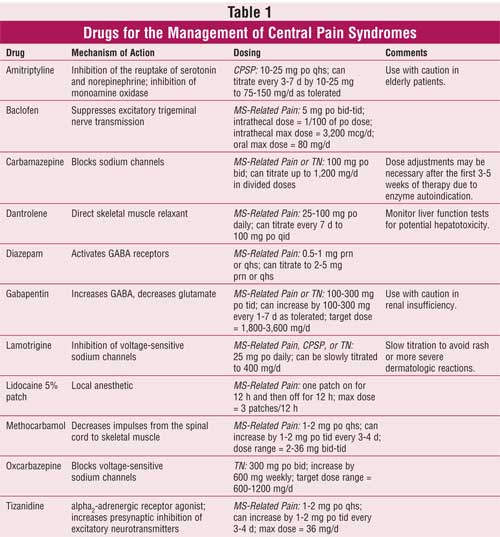
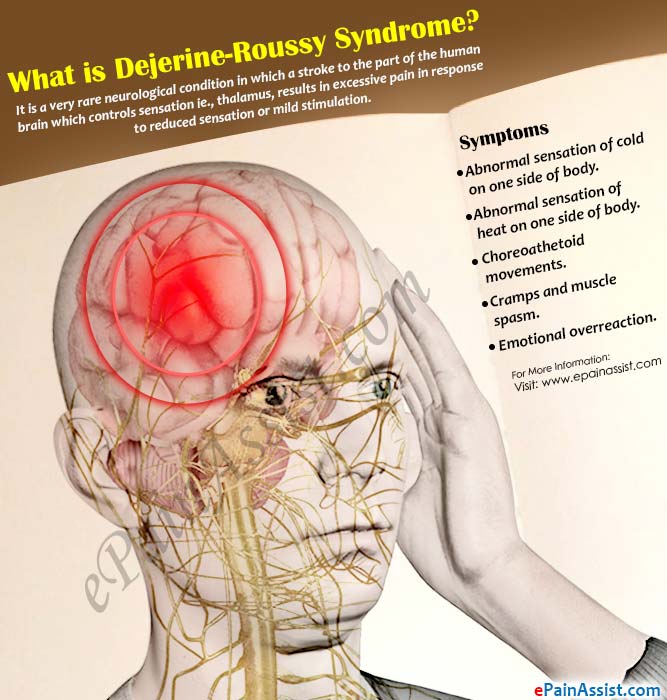
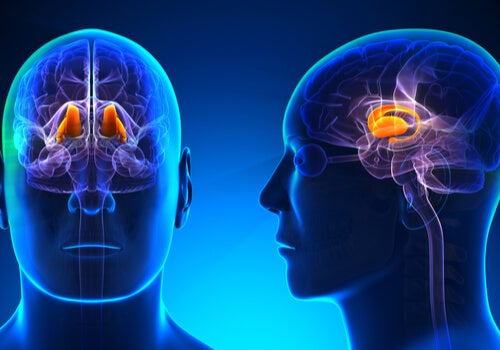
/stroke-56a80d425f9b58b7d0f03527.jpg)
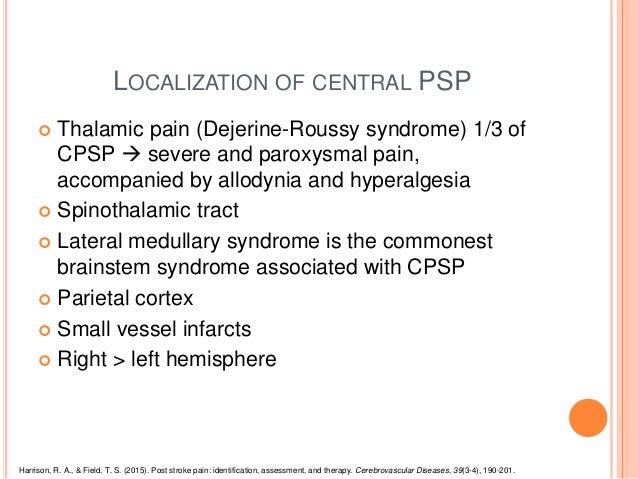
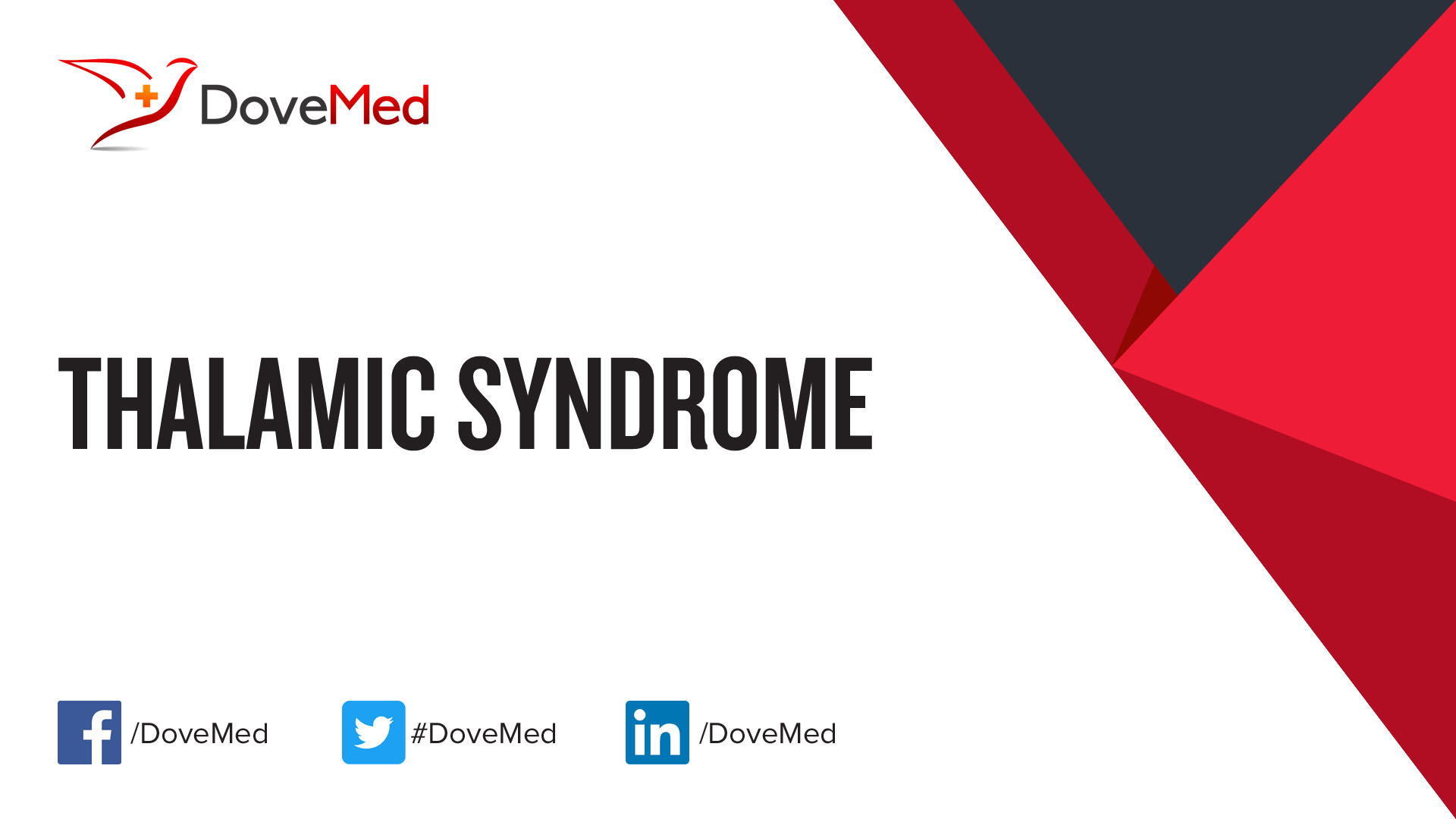

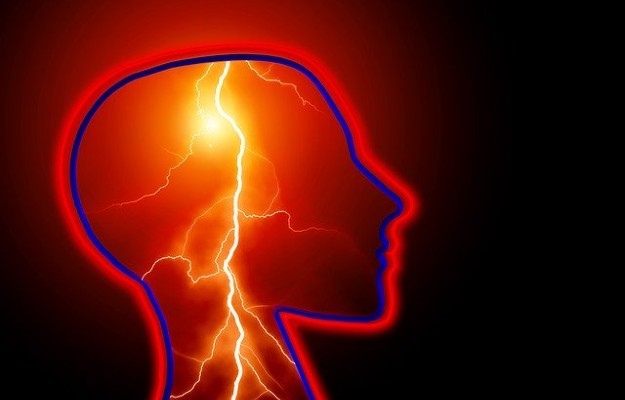
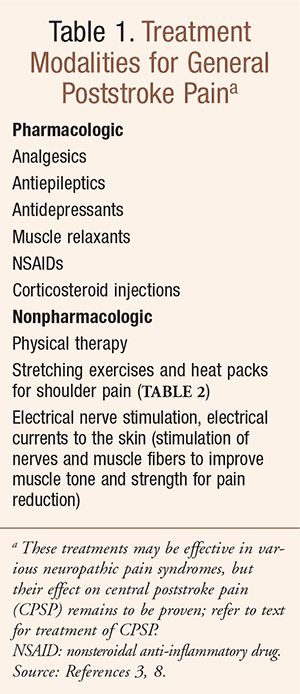
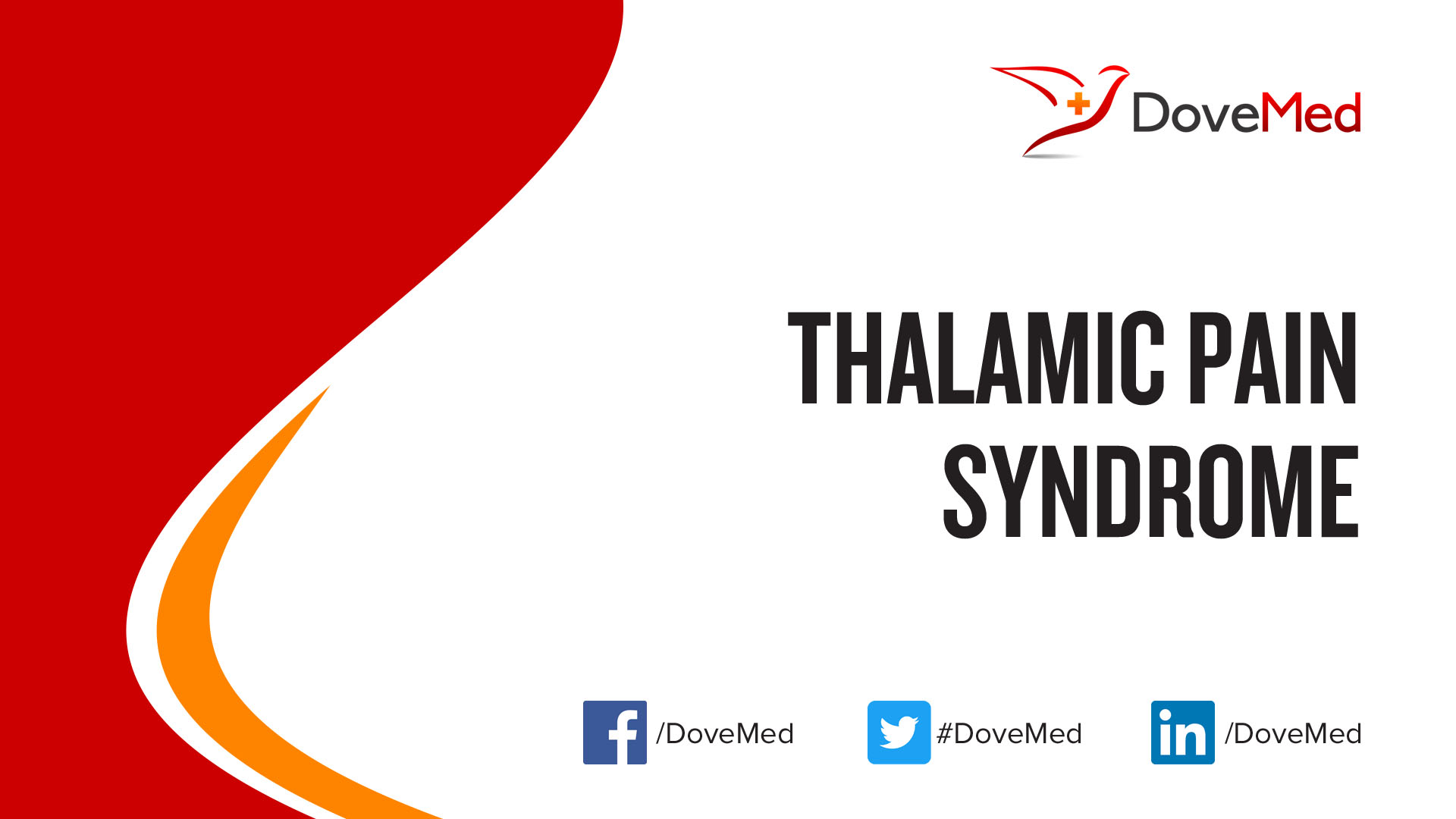

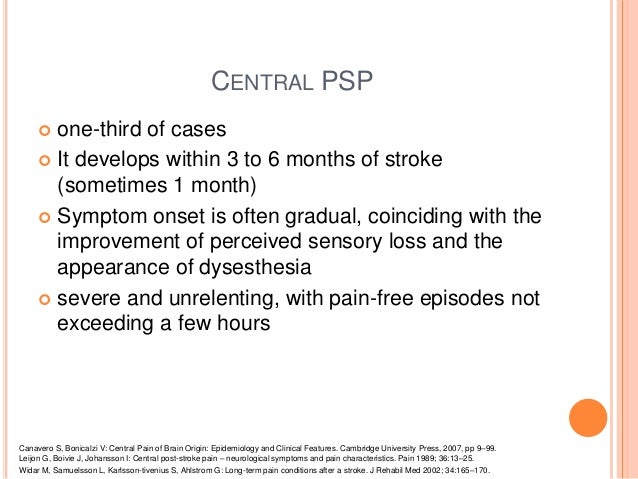


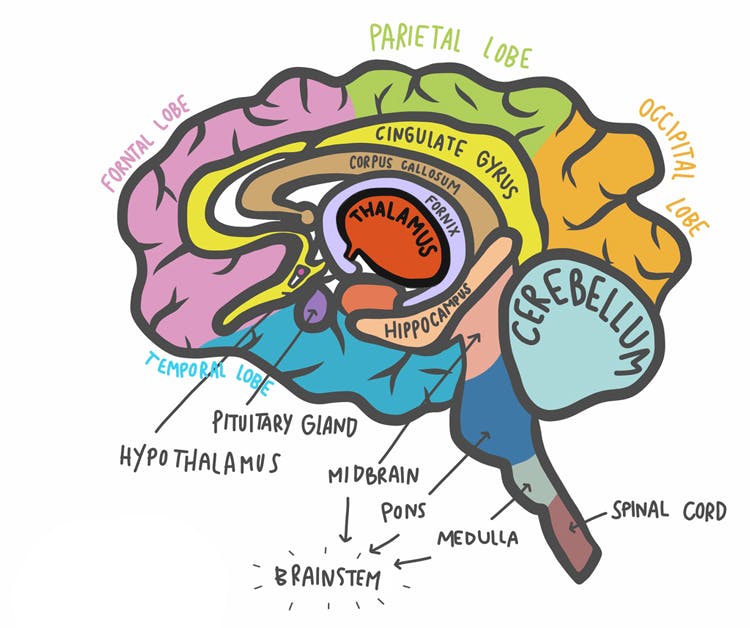
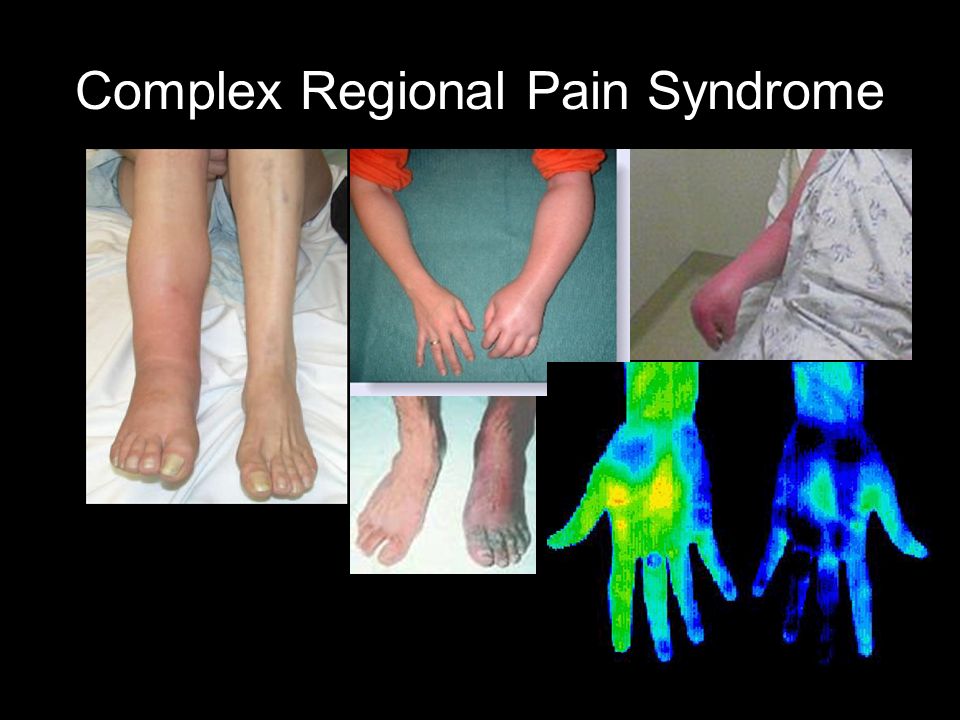



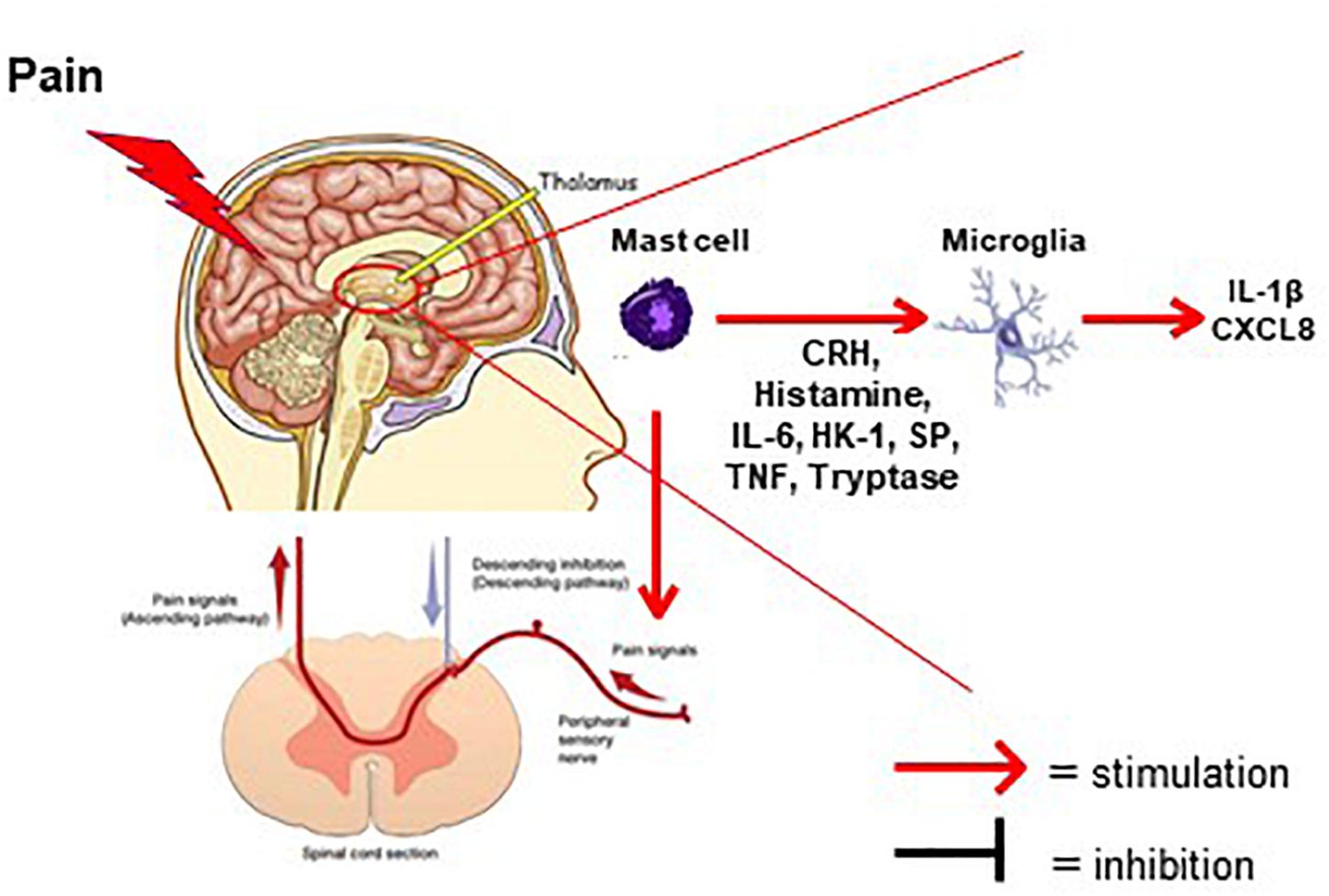


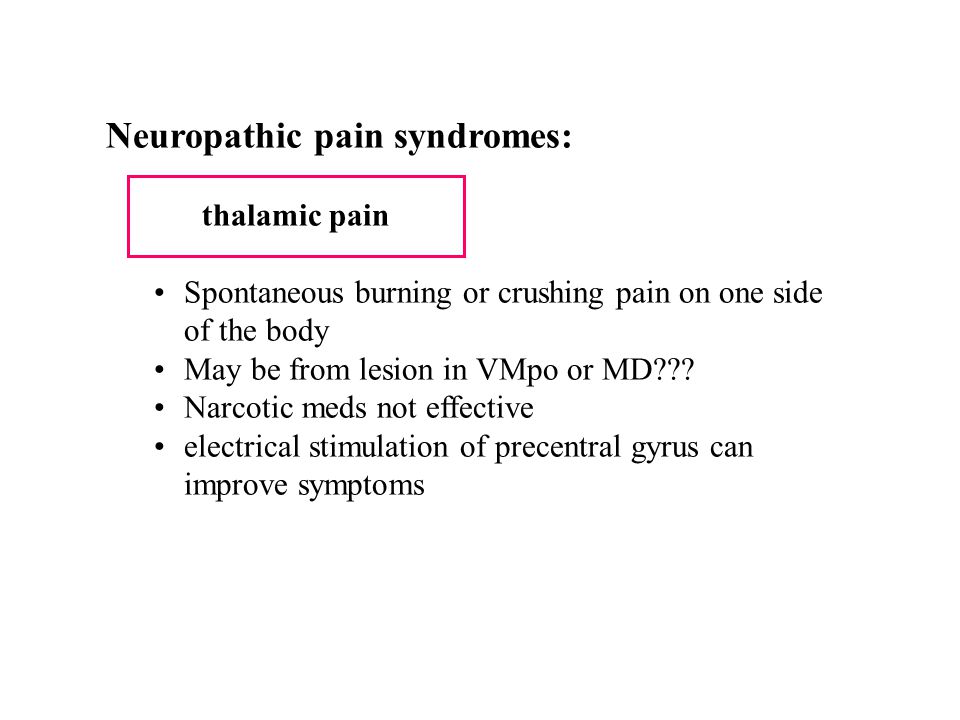
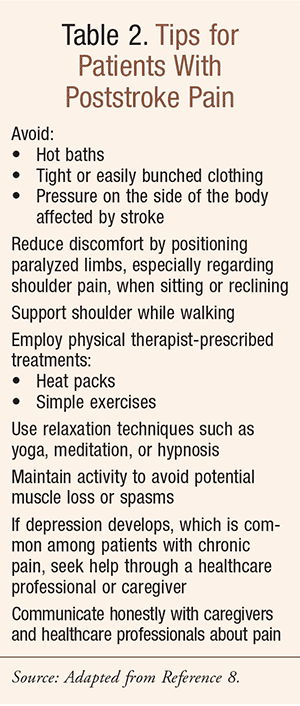

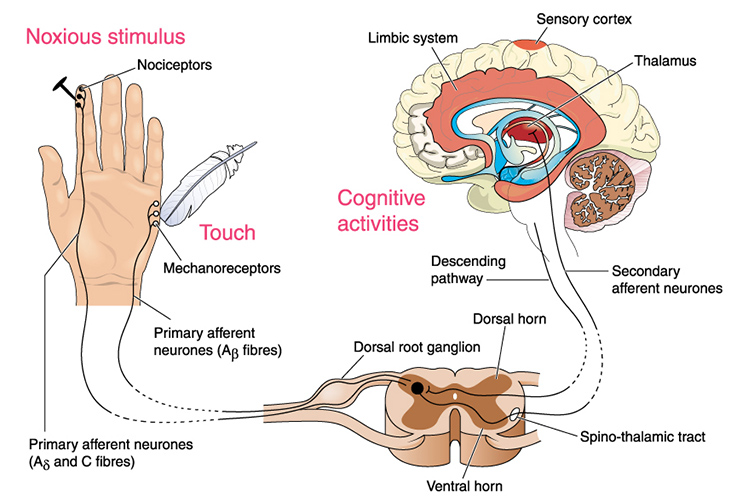





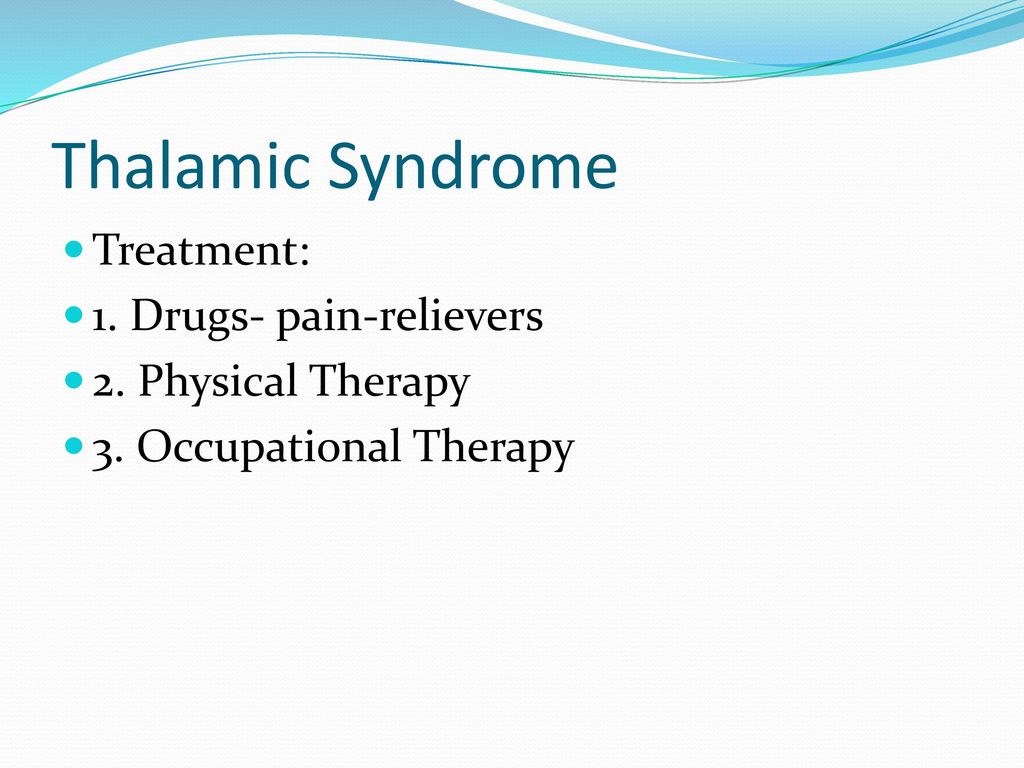


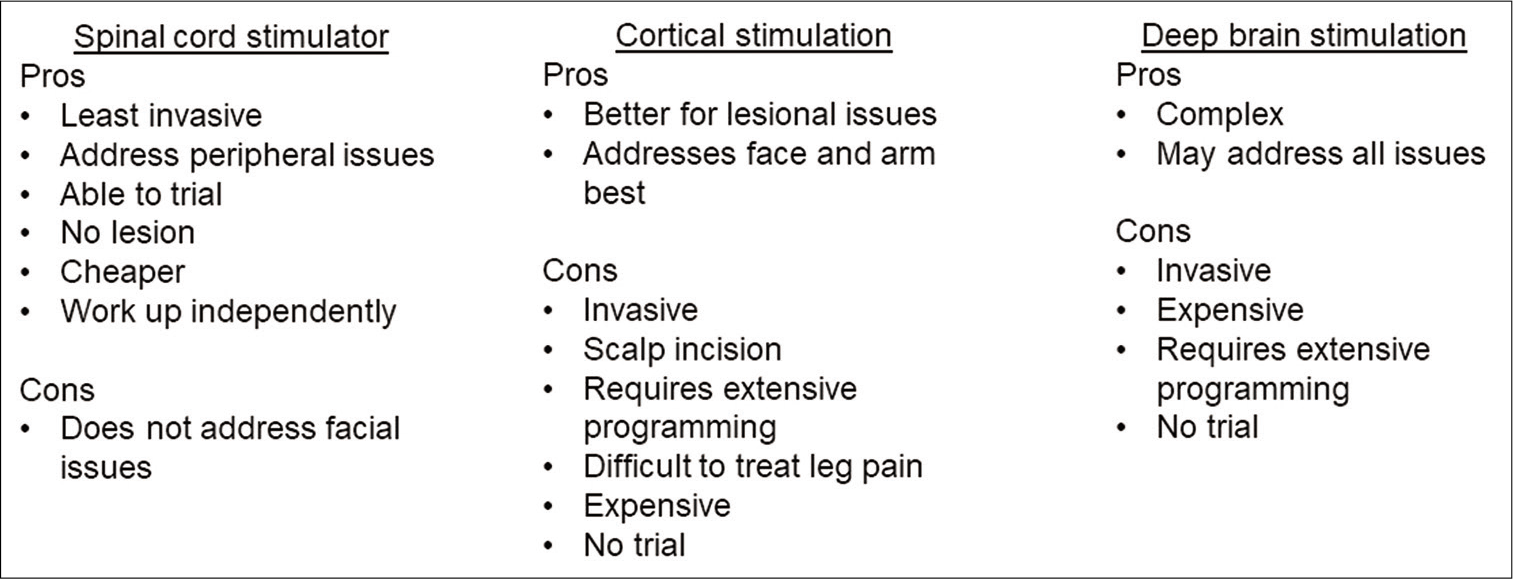


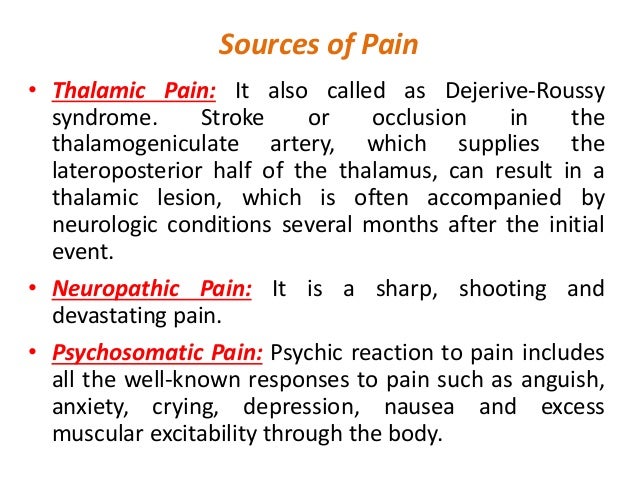
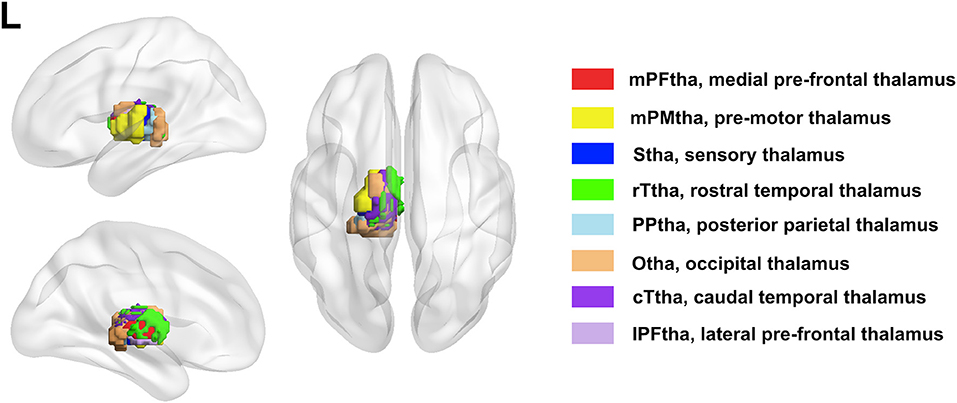


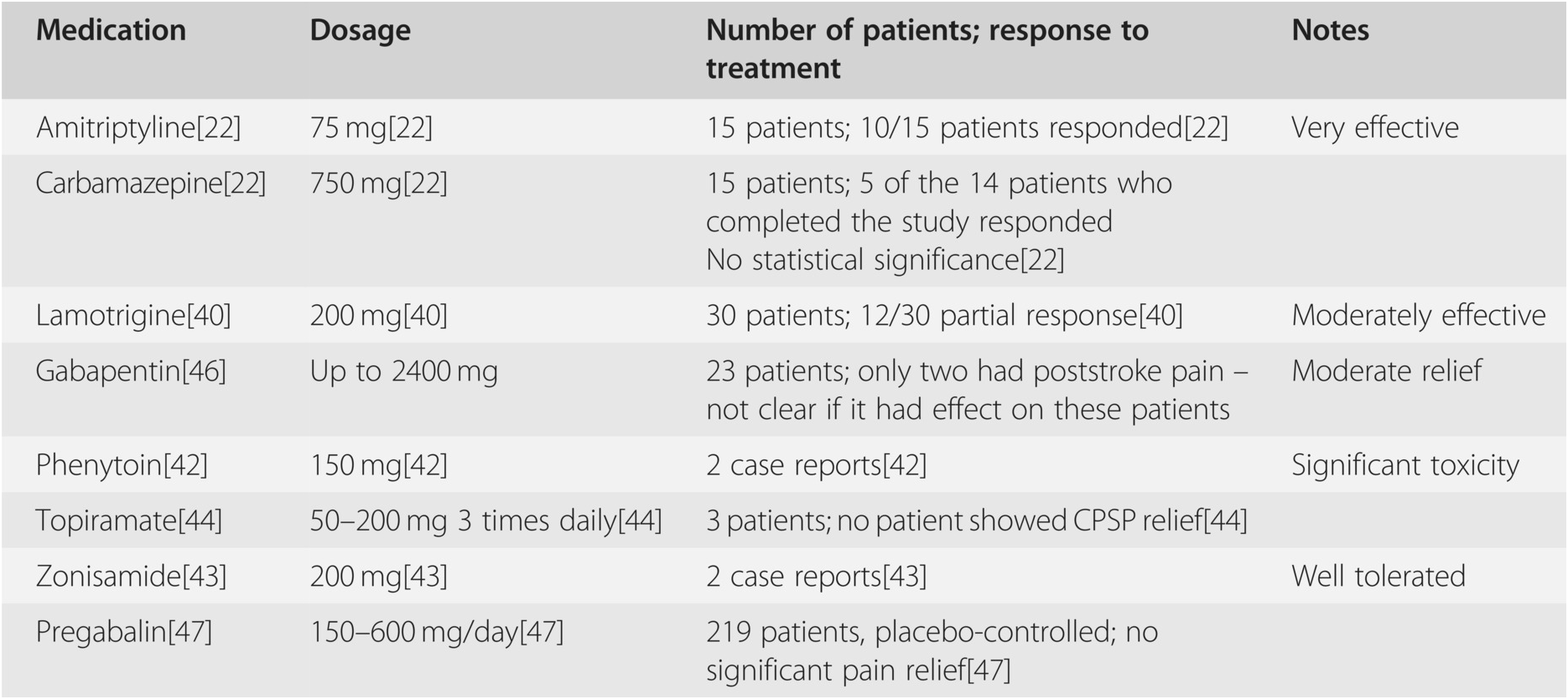


Post a Comment for "Thalamic Pain Syndrome Treatment"